Six Cult Classics You Have to Read
As word of mouth about a book spreads, it begins to spark with a special kind of electricity.
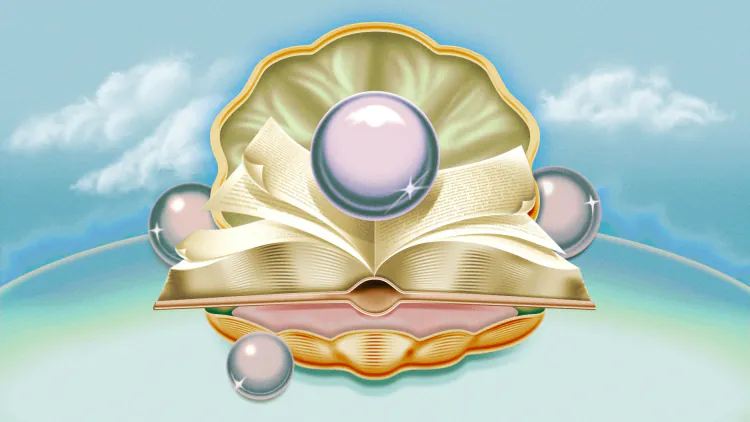
A book that earns the title of “cult classic” is one that combines two seemingly contradictory qualities: It has a passionate following of people who swear it’s the best thing they’ve ever read, but also, outside this intense fan base, it’s largely unknown. As word of mouth about such a book spreads, and the title’s partisans become evangelists, it begins to spark with a distinct kind of electricity. Even if the book never goes mainstream, its reputation can be buoyed for years or decades by devotees.
But is there a specific kind of book that most often finds itself in this category? I’d argue that these titles are also frequently subversive, strange, and experimental—and that something about this eccentric quality resonates for members of a subculture, especially one that, willingly or not, remains unseen by the mainstream.
Of the six books below, one was assigned to me by a writing teacher; another I discovered while researching lesbian pulp novels of the 1950s; yet another I read for a paper on Weimar-era Germany. Each is considered special by a very particular subset of readers. Each is also outstanding, so I am virtually thrusting them into your hands in hopes that I’ll finally have someone to talk to about them.
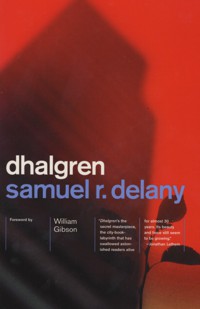
Dhalgren, by Samuel R. Delany
This massive novel by the science-fiction luminary Delany was a commercial success when it came out in 1975, and even though it has sold more than 1 million copies in the nearly five decades since, it’s the sort of book that people may own for years without reading. The narrative shifts between first and third person, and Delaney’s ecstatic love of language’s many sounds, contours, and combinations can make the experience intimidating—but once you allow the rhythm to wash over you, it is so worth your dedicated time. Its protagonist, The Kid (also known as Kid or Kidd), is a bisexual man of indeterminate age who arrives alone at the fictional midwestern city of Bellona and tries to make a life there. The city was once densely inhabited, but after an undisclosed cataclysmic event that cut it off from the rest of the world, most of its population fled. This unique, uncanny setting serves as a kind of second protagonist; Bellona’s streets occasionally reconfigure themselves, steam and smoke arise from unknown sources, and a second moon appears in the sky. The Kid finds lust, love, and intellectual fulfillment, but also witnesses and participates in violence, madness, and chaos—and Bellona encourages all of it.
[Read: The cult classic that captures the stress of social alienation]
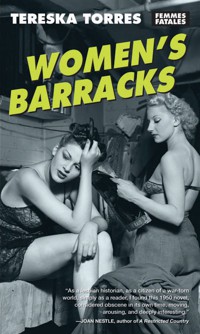
Women’s Barracks, by Tereska Torrès
Considered not only the first lesbian pulp novel but the first paperback-original best seller in the United States, Women’s Barracks, like Robinson Crusoe and Pamela, bills itself as a true account but is actually fictional. Based on the author’s experiences serving in the U.K.-based Corps of French Female Volunteers during World War II, the story depicts the lives of a group of women living together in their assigned barracks in London during the Blitz. Torrès’s narrator acts primarily as an observer, describing the various dramas, personality clashes, and intra-corps romances taking place around her. While few of the women consider themselves lesbians or bisexuals, and the book does not seem to have been widely read among contemporary queer women, it is a foundational text within the genre of lesbian pulp fiction. Still, the novel is thoroughly enjoyable even without knowing its historical context. Its cast of characters is fascinating: The women come from all classes and life circumstances. Some are patriotic volunteers; others are just trying to survive. Though they take their jobs as secretaries, telephone operators, and typists seriously, they also find ways to relieve the stress of life during wartime. They throw parties and share their escapades with one another. Despite the narrator’s occasional moralizing (added in at the insistence of the book’s original publisher, the author has explained), the novel’s relationships feel true to the complexity of both its characters and its era.
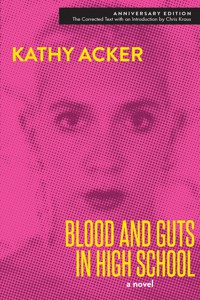
Blood and Guts in High School, by Kathy Acker
I confess—when I first started reading Blood and Guts, I was nearly certain I wouldn’t finish it, because I was disturbed beyond measure. The opening pages depict a 10-year-old girl named Janey begging her father for love, affection, and sex. Even with this alarming premise, Acker’s novel is widely beloved by artists, counterculture devotees, and avant-gardists; the author Lidia Yuknavitch has said that it saved her life, and notes that despite her early powerlessness, Janey “had more agency and voice than any girl I’d ever read or would read in my entire life.” Questions of power, propriety, and respectability permeate the novel, and I began to consider Janey’s relationship with her father as allegorical to some extent, Acker’s way of—shockingly, yes—providing commentary on the sexual dynamics between men and women. The plot, such as it is, follows Janey through further trials and tribulations, and is interrupted by poems, illustrations, digressions into sexual fantasies and critiques of the U.S. government, unexplained drawings of genitalia, and sudden descriptions of places and scenes that have nothing to do with Janey or any of the characters she comes into contact with. It feels like a fever dream, maybe even a nightmare, but it’s one you want to stick with.
[Read: One of the best fantasy novels ever is nothing like ]The Lord of the Rings

Multiple Choice, by Alejandro Zambra, translated by Megan McDowell
If you’ve ever taken a standardized test in your life, you’ll recognize the format of the Chilean writer Zambra’s book immediately. The author grew up under the Pinochet dictatorship, and in this work, based on the structure of the Chilean Academic Aptitude Test, he uses multiple-choice questions, fill-in-the-blanks, and long sample texts to confront the authoritarian instincts that underlay his own education and that continue in many rigid, exam-based educational systems today. Its many questions begin to create a creeping sense of dread and nihilism, and that mood comes to a head in the last section, which is made up of three short stories and a series of questions about each. Yet even with these dark undertones, the book is both a quick read and hilarious. You may have thought that you never wanted to encounter fill-in-the-bubble-type tests again, but rest assured, Multiple Choice does all the work for you; it’s brilliant, and well worth your time.
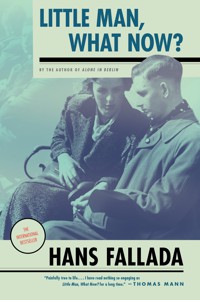
Little Man, What Now?, by Hans Fallada, translated by Susan Bennett
A product of Weimar Germany, Fallada’s social realist novel focuses on a young couple, Johannes Pinneberg and Emma “Bunny” Mörschel, who decide to marry when they learn that Bunny is pregnant. Although it starts about a year after the 1929 financial crash, Johannes and Bunny might as well be young Millennials struggling in a tanked economy: They move in and out of a series of apartments and their parents’ homes, trying to afford basic necessities while working dull, unfulfilling jobs at companies newly obsessed with optimization. (A store called Mandel’s even hires an “efficiency engineer” to help cut costs.) Depictions of Nazism in the book—published in 1932—feel painfully relevant as well; Fallada portrays Hitler’s followers as laughably jingoistic and uses them as punch lines, and that sort of mockery echoes early American reactions to Donald Trump’s resistance to a peaceful transfer of power or his conspiracy-mongering—before both proved to be deadly serious. Funny, heartbreaking, and somewhat Dickensian, Fallada’s novel is truly a pleasure, and deserves to be more widely read.
[Read: ]Nevada is the great bookseller novel

Dictee, by Theresa Hak Kyung Cha
Dictee is a genre-bending work that in my experience seems to be relatively known among poets but otherwise somewhat obscure to everyone else. It has no linear narrative, no obvious main characters, and is made up of poetry and fragmented prose, quoted or uncited works of history, untitled images, multiple languages—French, English, and occasionally Chinese and Korean—and even printed reproductions of handwritten drafts. Much of its content dwells on language: how it may be taken away and made illegal in one nation, forced upon migrants in another, coupled with restrictive religious practices, used to shape official histories. The book also plays with the audience’s assumptions. Its epigraph is attributed to Sappho: “May I write words more naked than flesh, stronger than bone, more resilient than sinew, sensitive than nerve.” Most readers would expect to find this quote somewhere in that famed poet’s body of work. Yet Sappho apparently never wrote these lines; they were invented by Cha. You can take little for granted in a text like Dictee; no path through the book allows for complete comprehension.
What's Your Reaction?




















